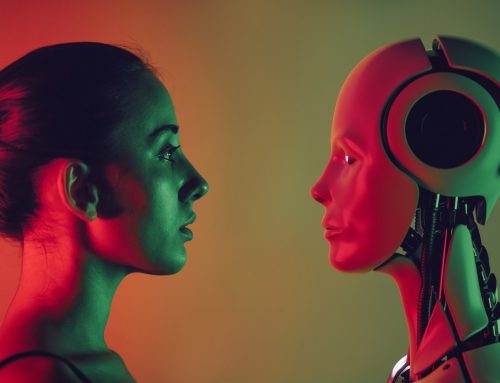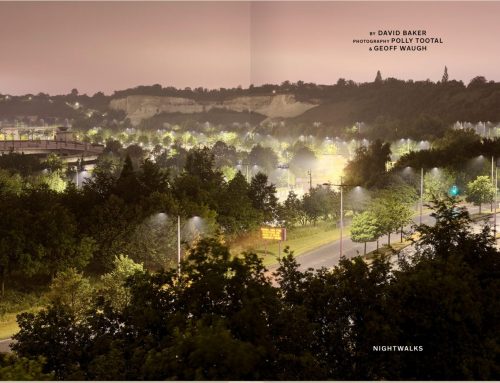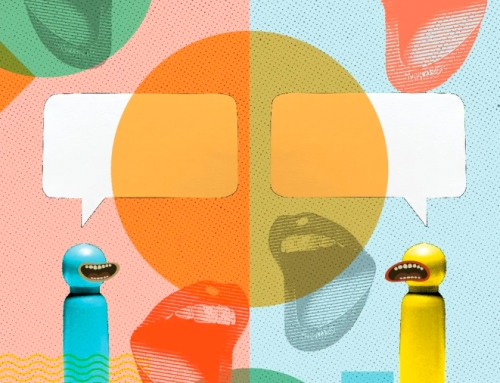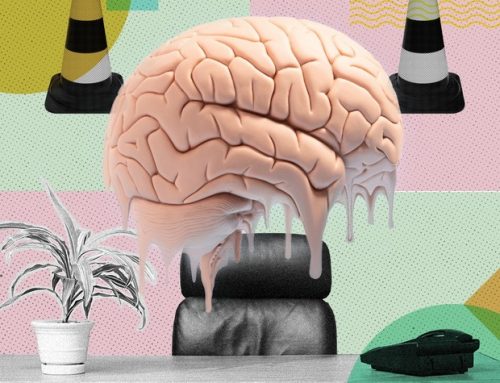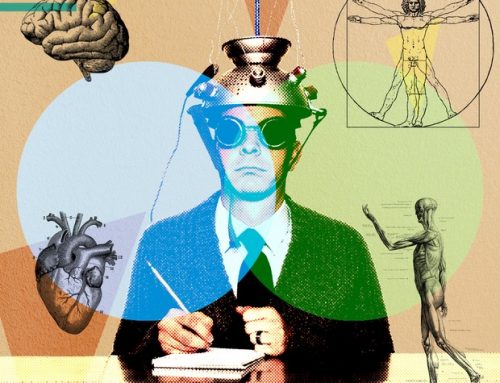No sex. No drugs. No flesh. No alcohol. Why would anyone want to holiday in Iran?
Arena, September 2000
Mohammed is getting wistful. ‘You should have seen this place before the revolution,’ he says, as we sit in the coffee shop of a mid-range tourist hotel in Tehran. ‘There were bars, nightclubs, casinos, topless beaches…’ He blows out the smoke from his Winchester Light. ‘Now, what do we have? Mullahs.’
The changes that took place in Iran in 1979 were so extreme that the only equivalent in Britain would be if hanging were reintroduced for whistling in the street. Shah Mohammed Reza Pahlavi, occupier of the Peacock Throne, supreme ruler over a country three times the size of France and general sop to the United States, fled to the West and left the way open for a 79-year-old cleric called Ayatollah Ruhollah Khomeini to return to millions of cheering supporters.
During the Sixties and Seventies, Iran was the playground of the Middle East. The country attracted oil-rich Arabs eager to escape the stricter Islamic laws of other Gulf states and kick back with a whisky or three. On the back of oil money, the Shah threw some of the world’s most ostentatious parties and squandered millions on an arsenal of hi-tech weaponry that was virtually useless. And his crown jewels (on display now in a bank vault in Tehran) make our monarch’s look like baubles.
You hear as many theories about why the country rose up in 1979 as you meet Iranians. But most people agree the Shah was losing his grip. The Americans, they say, were worried about the Soviets moving in and engineered the return of Khomeini to act as a puppet ruler until they found someone more amenable. But, as it turned out, ordinary Iranians loved him, students occupied the American Embassy (now a Revolutionary Guard training barracks and renamed the ‘US Den of Espionage’) and the Americans found their role as puppet masters changed to that of the Great Satan. Nowadays they maintain a small ‘interests section’ in a corner of the Swiss Embassy, but it’s not allowed to issue visas.
Even as you stand in the queue for customs at Tehran International Airport, clutching your declaration that nothing in your bags is likely to ‘promote moral and ideological perversion’, you can see that Iran is different from any place you have just left. Photographs of Khomeini look down on you, daring you to have alcohol on your breath. (Alcohol was banned in 1979, along with gambling, playing cards, most Western media and, strangely, for a while, chess.)
The coach that takes you from the airport to your hotel has little seaside buckets hanging from beneath the seats, looking as if they’re for litter, but in fact to help with the ablutions devout Muslims must perform five times a day before prayers. And your hotel, when you get there, is comfortable but a little too solid, like the great Intourist monstrosities of the Soviet Union.
Still, Iran today is considerably more relaxed than it was. The Komité – the religious police, who once roamed the streets condemning anyone suspected of breaching the strict Islamic dress code to lashings or worse – have been reined in by the more liberal President Khatami, who, to everyone’s surprise, came to power in 1997. (He was meant to be the ‘other’ candidate in a fixed election to give a semblance of democracy.) People cheerily tell you how you can get alcohol from ‘the dealer’, who delivers directly to your house. Gambling is rife, it just takes place in someone’s living room. And rumours abound of frantic, polysexual orgies among the rich teenagers in the suburbs of Tehran.
But in public the influence of the mullahs is everywhere. Women and girls over seven must wear scarves and long coats that cover everything except their face, hands and feet. Men and women, unless they are married, must not touch. And every hotel room has an arrow, usually on the ceiling, indicating the direction of Mecca (though the one in the room we stayed in in Mashhad, one of Iran’s holiest cities, had been turned around so it pointed the wrong way).
This undercurrent of individuality, and the possibilities it offers of change, is what keeps Iranians going through what many citizens see as a dark period. ‘Persia is 2,500 years old,’ one man told me as we watched the sun set over the ancient city of Yazd. ‘This republic is 20. Just wait. Come back in a few years and we’ll be sitting here drinking beer and watching the girls.’
That long history is what gives Iranians their slightly superior perspective on the world. Whatever happens around them has already happened in Persia. You visit Persepolis – a giant palace built in 500BC by Darius I – and you are looking at a monument to an empire that ruled lands from Turkey to China when London was little more than a muddy bank on a sluggish river. The mosques and mausoleums that cover the country are decorated in turquoise, azure and gold to a standard that easily rivals the Sistine Chapel. The huge silent city of Bam in the south is a perfectly preserved medieval metropolis complete with bazaars, a citadel, mosques and thousands of tiny houses on winding streets. All that is missing are the people, evacuated after an Afghan invasion in the eighteenth century. And visit the magical city of Esfahan, green with trees and parks, but flanked by high mountains and barren desert, and smoke a water pipe while the fishermen cast their nets for trout in its fast flowing river, and you get a glimpse of why the writers of the Psalms and the Koran saw paradise as shade and water in lands troubled by desert and sun.
Iran, however, is hardly an 18-30 destination. The Lonely Planet entry under ‘Bars And Nightclubs’ in Tehran, simply says, ‘Dream on.’ Indeed, the big evening entertainment, wherever you are, is driving – anywhere, in or on anything, with or without your lights on, either way round roundabouts and with the express aim of never having to stop.
Because of this, taking a taxi ride through any Iranian city is an experience to be relished once it’s over. Every taxi seems to have a nasty-looking crack down one side of the windscreen and looking for a seatbelt is futile. Using a combination of accelerator and brake (often simultaneously) your driver will zig-zag through the traffic missing every other car by about 1cm. No one understands the concept of lanes and every other traffic light is stuck on amber in both directions.
On arrival, the driver will refuse your fare, because Persians think it impolite not to refuse anything offered to them three times (this can lead to a lot of confusion). Don’t do a runner, though. The fare is usually the equivalent of 50 cents and there are enough scratches on the outside of an Iranian taxi to make him not think twice about mounting the kerb to get you.
It’s hard not to look like a tourist in Iran. As well as Western clothing, you are just less tuned in to a society where people behave in one way on the surface and believe something totally different underneath. ‘Oh, we don’t listen to what the mullahs say,’ said one man in the southern city of Shiraz, home of wine, roses and nightingales (well, roses and nightingales at least). ‘No one is religious here.’ And yet when he got up to leave he carefully picked up his prayer beads which undoubtedly he would never leave home without.
And sometimes, in this most welcoming of countries, you can feel very much the outsider. In Esfahan a group of armed Revolutionary Guards ask me to take their photo (it happens all the time, and they haven’t yet learnt the North African knack of asking you for money afterwards). As they group in front of my Pentax, laughing like a bunch of excited school kids, a senior officer saunters over with a none-too-pleased expression on his face.
‘Who are you? Where are you from?’ he says.
I tell him. His soldiers straighten up and some finger their rifles apprehensively.
‘What you think of this country?’ I make it sound like Garden of Eden.
‘And what do you think of us – the army and religion?’
Surrounded by around 30 armed soldiers, I am not prepared to start a discussion about women’s rights and death penalties for homosexuals. What I do say is so sycophantic that it would have done Russell Harty proud, but it seems to do the trick.
‘Good. You may go now and have a good day.’
I don’t start running until I get round the corner.
On the streets of most towns there are stalls selling laminated posters. More often than not these are gaudily painted portraits of seventh-century martyred emams, complete with outrageous rouge and eye-liner. But in among them, nine times out of ten, will be the pretty face of a young blond boy in a red football shirt, with the words ‘David Beackham’ printed underneath. Manchester United is as much an object of wonder in Iran as are the numerous mausoleums of holy martyrs. People rush up to you saying, ‘Manchester United… Beckhamgiggsandycole…’
It’s as if, denied contact with a Western world they played so happily with until 20 years ago, Iranians will use anything – religion, football, the male bonding of girls and beer – to keep the door ajar. ‘Come back,’ said the man in Yazd, ‘and we’ll drink beer and look at girls.’ He may be right, but the time to visit Iran, a country unlike even its close Islamic neighbours, is before those changes take place. After that it will be just one more stop-off on the Western backpacker trail around the world.


